SUMMARY
This is AI generated summarization, which may have errors. For context, always refer to the full article.

Vice President Sara Duterte has parted ways with the Cabinet of President Ferdinand Marcos Jr., an apparent move to break political ties with the man she teamed up with in the 2022 elections.
The Philippines has a long history of such scenarios, in which the country’s second highest leaders dissociate themselves from the chief executives.
It happened at least twice before the 1986 EDSA uprising – when Emmanuel Pelaez dropped the foreign affairs portfolio during the administration of Diosdado Macapagal, and when Fernando Lopez resigned as Ferdinand E. Marcos’ agriculture secretary.
The trend has become more pronounced at the turn of the Fifth Philippine Republic, which commenced after the 1986 People Power Revolution.

1987: Doy Laurel resigns as Corazon Aquino’s foreign secretary
Doy Laurel was the first vice president of the Philippines after the 1986 EDSA revolution, ascending to the country’s second highest post as running mate of Corazon Aquino, widow of slain senator Benigno Aquino Jr.
Aquino designated him as foreign secretary, but he stepped down from the post less than a year later due to “a fundamental disagreement” with the chief executive on how to solve the country’s communist threat.
The resignation came just weeks after the Aquino government grappled with the most serious coup attempt against it, led by then-colonel Gringo Honasan.
In 1992, Laurel sought the presidency but lost to Aquino’s defense secretary Fidel V. Ramos, placing last in a field of seven candidates.

2000: Gloria Arroyo steps down as Joseph Estrada’s social welfare secretary
In 1998, Joseph Estrada won the presidency, but his running mate, then-senator Edgardo Angara, lost by a landslide to his fellow senator Gloria Macapagal Arroyo, the daughter of the late former president Macapagal.
Even though they were from different parties, Estrada offered the social welfare portfolio to Arroyo, who accepted the post.
Two years later, Arroyo decided to leave the Cabinet to distance herself from Estrada, who was facing accusations of accepting bribe money. The corruption allegations resulted in impeachment proceedings in the House and the Senate, and culminated in another Filipino uprising that kicked the president out of office.
Arroyo succeeded him, and kept that seat until 2010.

2002: Teofisto Guingona Jr. resigns as foreign affairs secretary
After Arroyo ascended to the presidency, she picked Teofisto Guingona Jr. – the senator who led the impeachment of Estrada – to be her number two in February 2001.
He left the Arroyo Cabinet in July 2002 after numerous disagreements with the president on foreign policy, particularly on the presence of US soldiers in the Philippines.

2015: Jejomar Binay leaves Benigno Aquino III’s Cabinet
Benigno Aquino III and Jejomar Binay were the country’s two highest leaders from 2010 to 2016, but they did not come from the same party. Still, Aquino asked Binay, a friend of the Aquinos, to be his housing czar.
Unlike other vice presidents who broke away with the administration after the 1986 EDSA uprising, Binay stayed on after the midterm elections, even though he organized his own opposition senatorial slate.
In June 2015, the odd man out during Cabinet meetings finally tendered his resignation, as Aquino was already preparing to name the administration’s standard bearer, who was obviously not Binay.
Binay sought the presidency in 2016, but lost to then-Davao City mayor Rodrigo Duterte, a wildcard who also defeated administration candidate Mar Roxas.

2016: Leni Robredo resigns as housing czar
Like Aquino and Binay, Duterte and Leni Robredo were also not political allies, but were forced to work together after winning the presidency and the vice presidency.
Duterte offered the housing portfolio to Robredo. Only six months later, Robredo submitted her resignation letter, saying that remaining in the Duterte Cabinet “has become untenable.”
Robredo said her resignation was due to Duterte’s order for her to stop attending Cabinet meetings.
In October 2019, Robredo, already the face of the opposition by then, was asked by Duterte to co-chair an anti-illegal drug body, but she was fired after less than a month.
In 2022, Robredo ran for president, but finished a distant second to now-President Marcos.

– Rappler.com
Add a comment
How does this make you feel?
![[Just Saying] Diminished impact of SC Trillanes decision and Trillanes’ remedy](https://www.rappler.com/tachyon/2024/04/Diminished-impact-of-SC-Trillanes-decision-and-remedy.jpg?resize=257%2C257&crop=273px%2C0px%2C720px%2C720px)
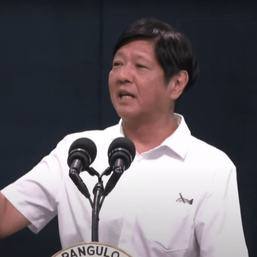
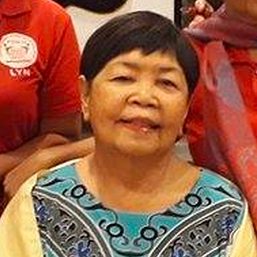

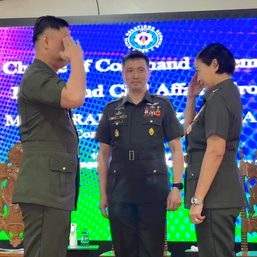
![[EDITORIAL] Paano tayo makakapuwing sa Tsina sa West Philippine Sea?](https://www.rappler.com/tachyon/2023/10/animated-wps-october-2023-carousel.jpg?resize=257%2C257&crop_strategy=attention)
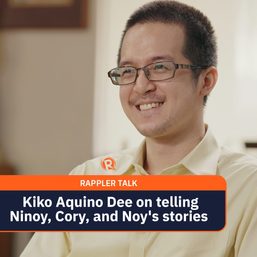
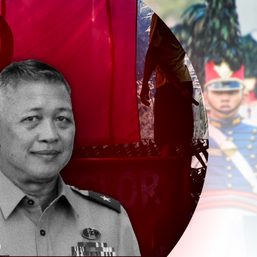
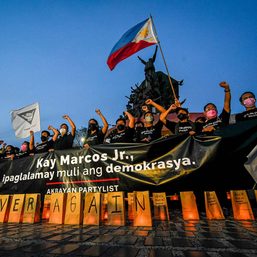
![[Newspoint] The challenge of unsavory company](https://www.rappler.com/tachyon/2024/02/tl-unsavory-company.jpg?resize=257%2C257&crop=238px%2C0px%2C720px%2C720px)
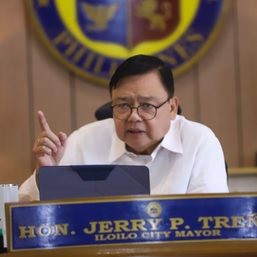
![[EDITORIAL] All roads lead to Duterte](https://www.rappler.com/tachyon/2024/06/animated-all-roads-lead-to-duterte-carousel.jpg?resize=257%2C257&crop_strategy=attention)
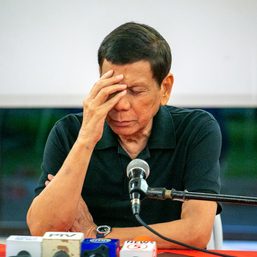

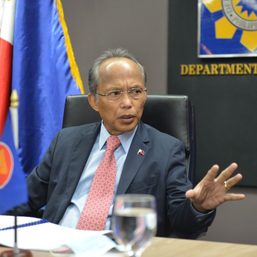
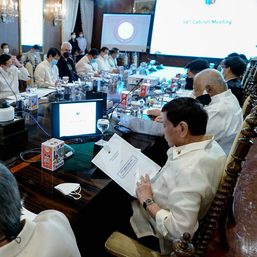
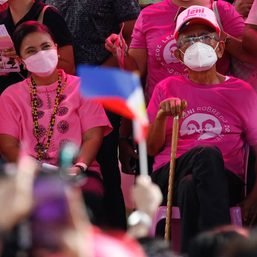
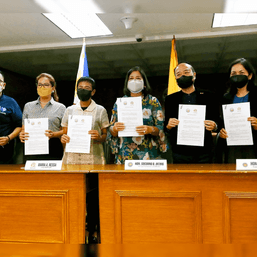
![[Newspoint] So much for people power](https://www.rappler.com/tachyon/2023/04/so-much-for-people-power-April-22-2023.jpg?resize=257%2C257&crop_strategy=attention)
![[EDITORIAL] ‘Puting unggoy’? ‘Wag kumagat sa gaslighting laban sa ICC at EU](https://www.rappler.com/tachyon/2023/02/animated-GSP-with-EU-Parliament-ICC-carousel.jpg?resize=257%2C257&crop=288px%2C0px%2C720px%2C720px)

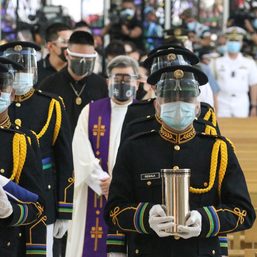
![[Newspoint] A Freedom Week joke](https://www.rappler.com/tachyon/2024/06/20240614-Filipino-Week-joke-1.jpg?resize=257%2C257&crop_strategy=attention)
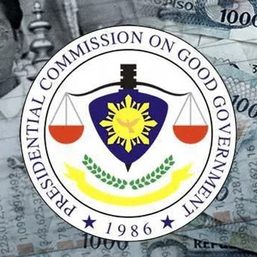
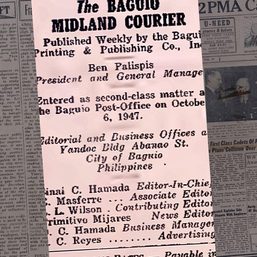
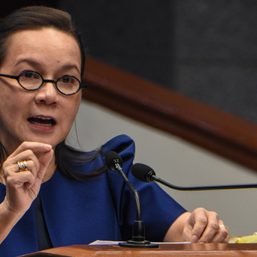
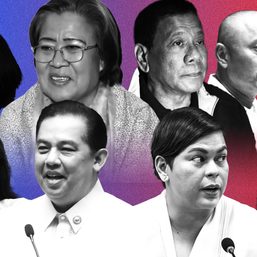
![[WATCH] Is it Binay vs Binay again in Makati in 2025?](https://www.rappler.com/tachyon/2024/05/binay-tc.png?resize=257%2C257&crop_strategy=attention)
![[OPINION] Sara Duterte: Will she do a Binay or a Robredo?](https://www.rappler.com/tachyon/2024/03/tl-sara-duterte-will-do-binay-or-robredo-March-15-2024.jpg?resize=257%2C257&crop_strategy=attention)
![[OPINION] Political terrain in Taguig has shifted](https://www.rappler.com/tachyon/2023/11/binay-cayetano-taguig-november-22-2023.jpg?resize=257%2C257&crop_strategy=attention)



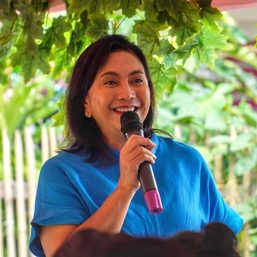
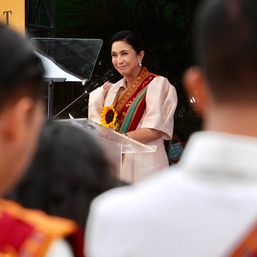







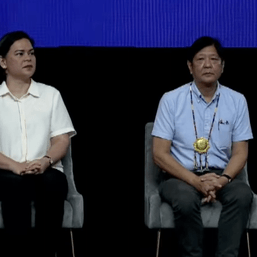
![[WATCH] The new Negros Island Region: What’s it about?](https://www.rappler.com/tachyon/2024/06/new-negros-island-region-ls.jpg?resize=257%2C257&crop=421px%2C0px%2C1080px%2C1080px)

![[Rappler Investigates] When China, Leila, Sara conspire](https://www.rappler.com/tachyon/2024/06/saraduterte-west-ph-sea-leila-de-lima-newsletter-june-27-2024.jpg?resize=257%2C257&crop=279px%2C0px%2C720px%2C720px)
![[OPINION] Does VP Sara Duterte have a game plan?](https://www.rappler.com/tachyon/2024/06/sara-duterte-game-plan-june-25-2024.jpg?resize=257%2C257&crop_strategy=attention)
There are no comments yet. Add your comment to start the conversation.